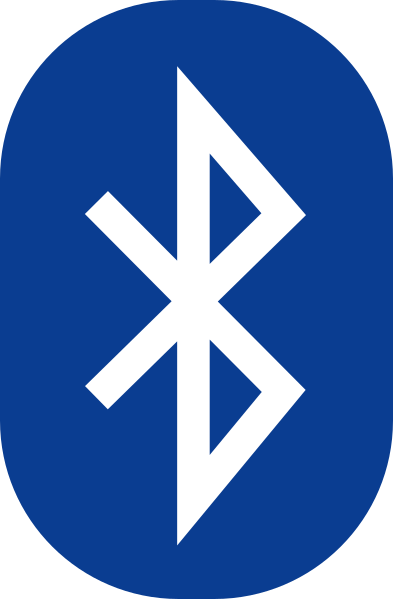
What Is Bluetooth Technology?
Bluetooth wireless technology is a personal area or short-range network. It enables data exchange between mobile and fixed devices or two mobile devices across short distances.
The technology’s name comes from the Danish King Harald “Bluetooth” Gormsson. He united Denmark and Norway in 958, much like the modern technology which unifies the telecommunications and computing industries.
Who Developed It?
Bluetooth technology was created and managed by the Bluetooth Special Interest Group (SIG). It was introduced to the market in 1998. Originally, Bluetooth technology was defined by the IEEE standard 802.15.1. However, it is no longer maintained by the IEEE but by SIG.
SIG has over 35,000 members and companies in the IT telecommunication space. They build upon Bluetooth technology, much like the operating system on one’s phone. Bluetooth technology has many versions and continues to evolve as an offering for IoT and consumer electronics.
The Progression of Bluetooth Technology

One of the main challenges associated with early Bluetooth technology versions was that someone couldn’t get far from the connected device without disconnecting. Early Bluetooth technology focused on limiting the transmission power, giving it a short range of 30 to 35 feet.
Early Bluetooth technology also suffered from interference issues. For example, multiple Bluetooth devices broadcasting in a small area couldn’t operate effectively on a single network.
With time, newer versions have overcome the shortcomings of Bluetooth Classic radio, such as the distance and interference limitations noted above. Simultaneously, this wireless technology has expanded beyond the consumer electronics market into more industrial applications.
As Bluetooth standards continue to grow and mature, the technology is expected to enable the transmission of more data with even lower power consumption. Bluetooth 5.2 technology, the latest version, increases data throughput, range and even messaging capacity.
What Is Bluetooth Low Energy Wireless Technology?
With Bluetooth Classic radio, the process of connecting two devices was much simpler. Now that connection process involves many more devices (namely, IoT). The volume of data and the required speed are far beyond older versions’ capabilities. Bluetooth Low Energy radio was the answer to this problem and is the latest stage in the technology’s evolution.
Bluetooth Low Energy IoT technology is a wireless personal area network operating in the 2.4 GHz ISM band. The Bluetooth Low Energy IoT protocol is also — importantly — low-powered. As the name implies, the technology uses less power while transferring data.
It’s perfect for IoT devices that often require extended battery usage. Moreover, Bluetooth Low Energy radio in IoT uses mesh networks, enabling data transfers between numerous connected devices.
Use Cases of Bluetooth Low Energy Radio in IoT

Health care IoT devices can leverage Bluetooth Low Energy IoT technology, whether it’s a glucose profile for a glucose monitor or a blood pressure profile for blood pressure measurement. Bluetooth Low Energy radio is in many wearable technologies. Some profiles allow one to measure and transmit data like heart rate, running speed and weight.
There are also home appliances that utilize Bluetooth Low Energy IoT technology, especially Bluetooth mesh. For instance, Amazon Echo devices use Bluetooth mesh to create backhaul networking for other connected Amazon devices.
Take Your IoT Project to the Next Level
We offer a comprehensive range of Bluetooth Low Energy IoT modules, including IoT modules that combine Bluetooth Low Energy and Wi-Fi technologies. These combination modules utilize Bluetooth technology for commissioning (i.e., setting up or finding a device across a network) and Wi-Fi as a transport layer for data to a mobile app and the cloud. From wearables to drones, smart homes to smart buildings, we can empower them through our Wi-Fi and Bluetooth module portfolio.
Speak with our IoT experts and request an evaluation kit today.
Request an Evaluation Kit
The Bluetooth® word mark and logos are registered trademarks owned by Bluetooth SIG, Inc. and any use of such marks by Telit Cinterion is under license. Other trademarks and trade names are those of their respective owners.
